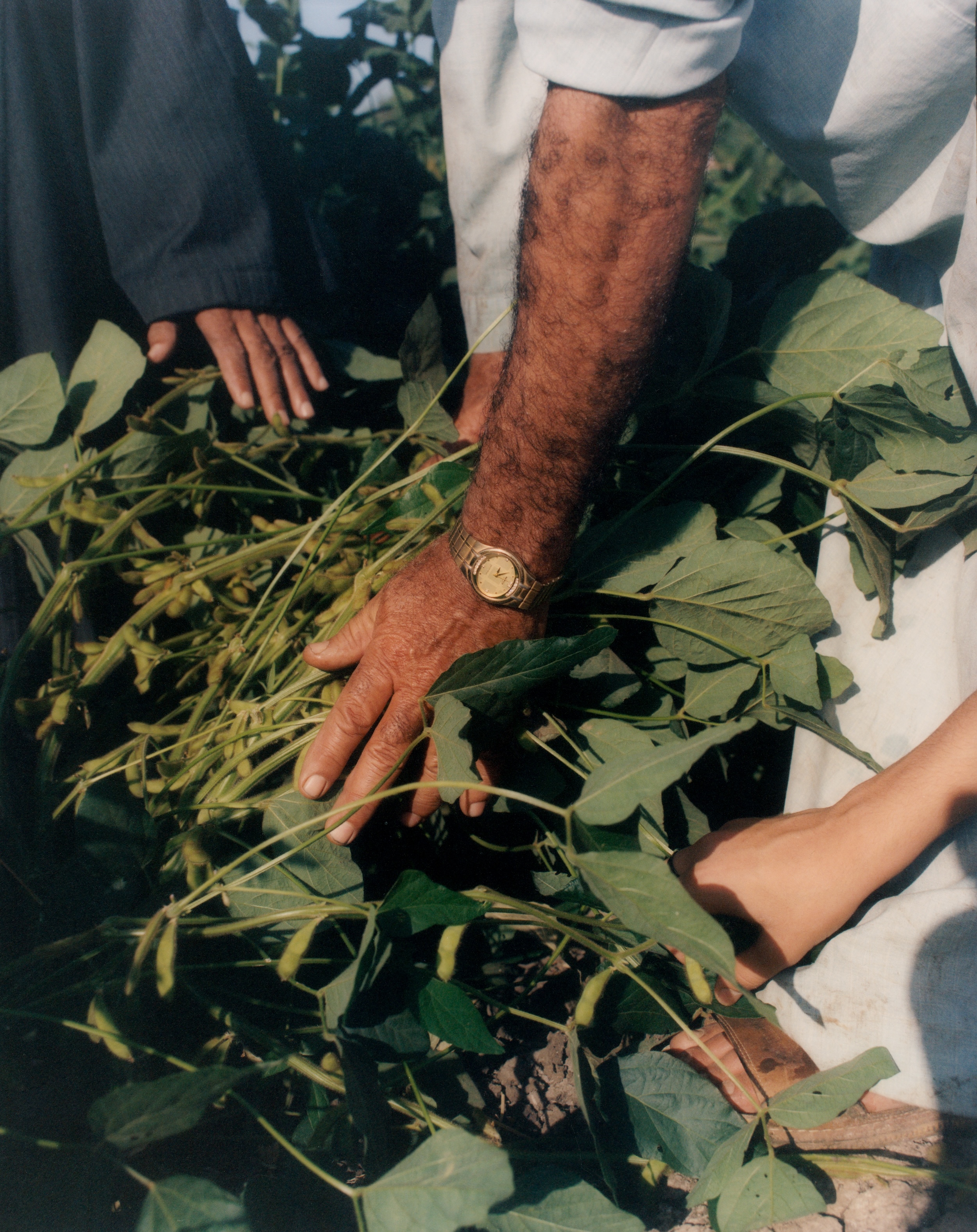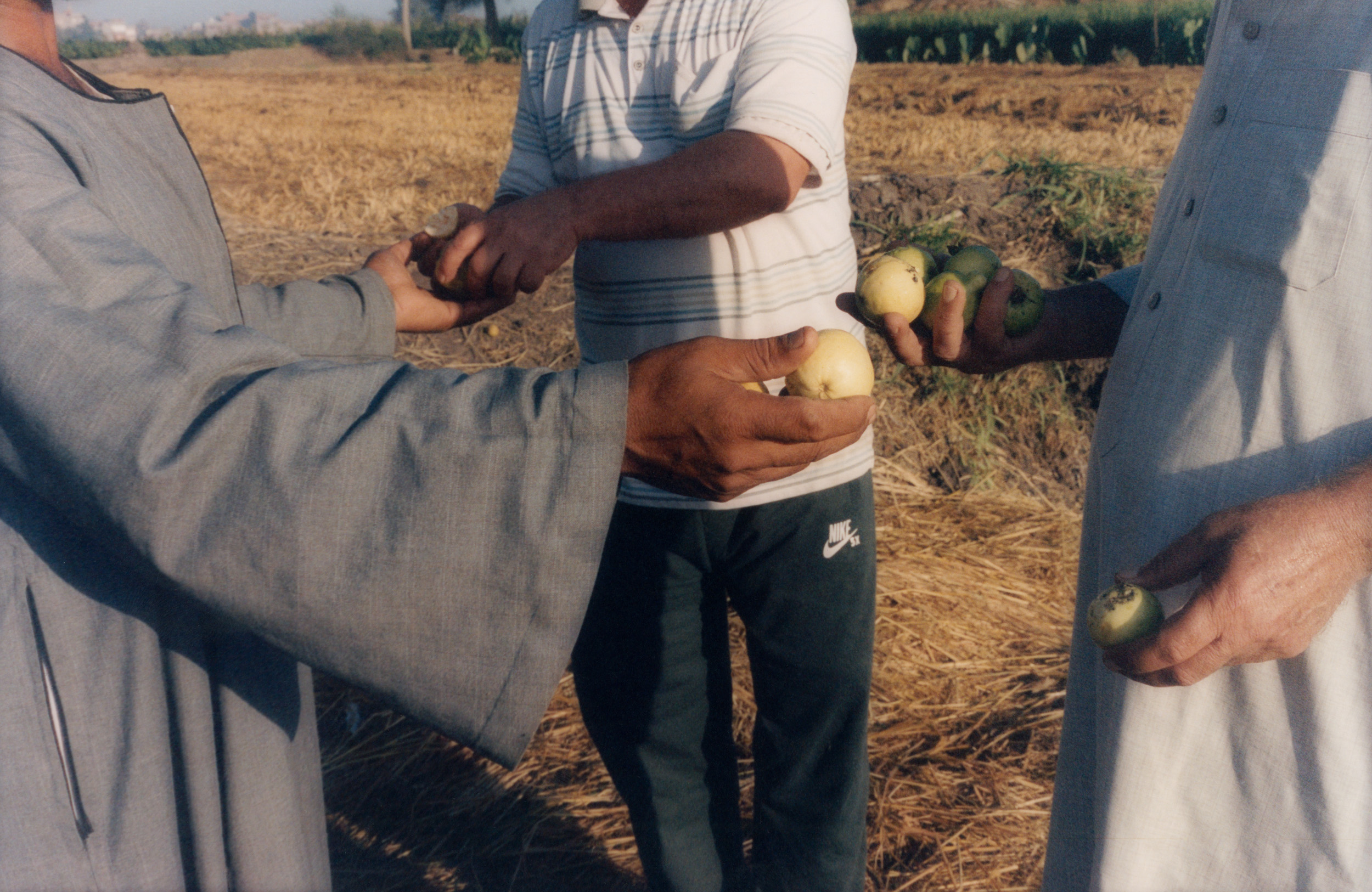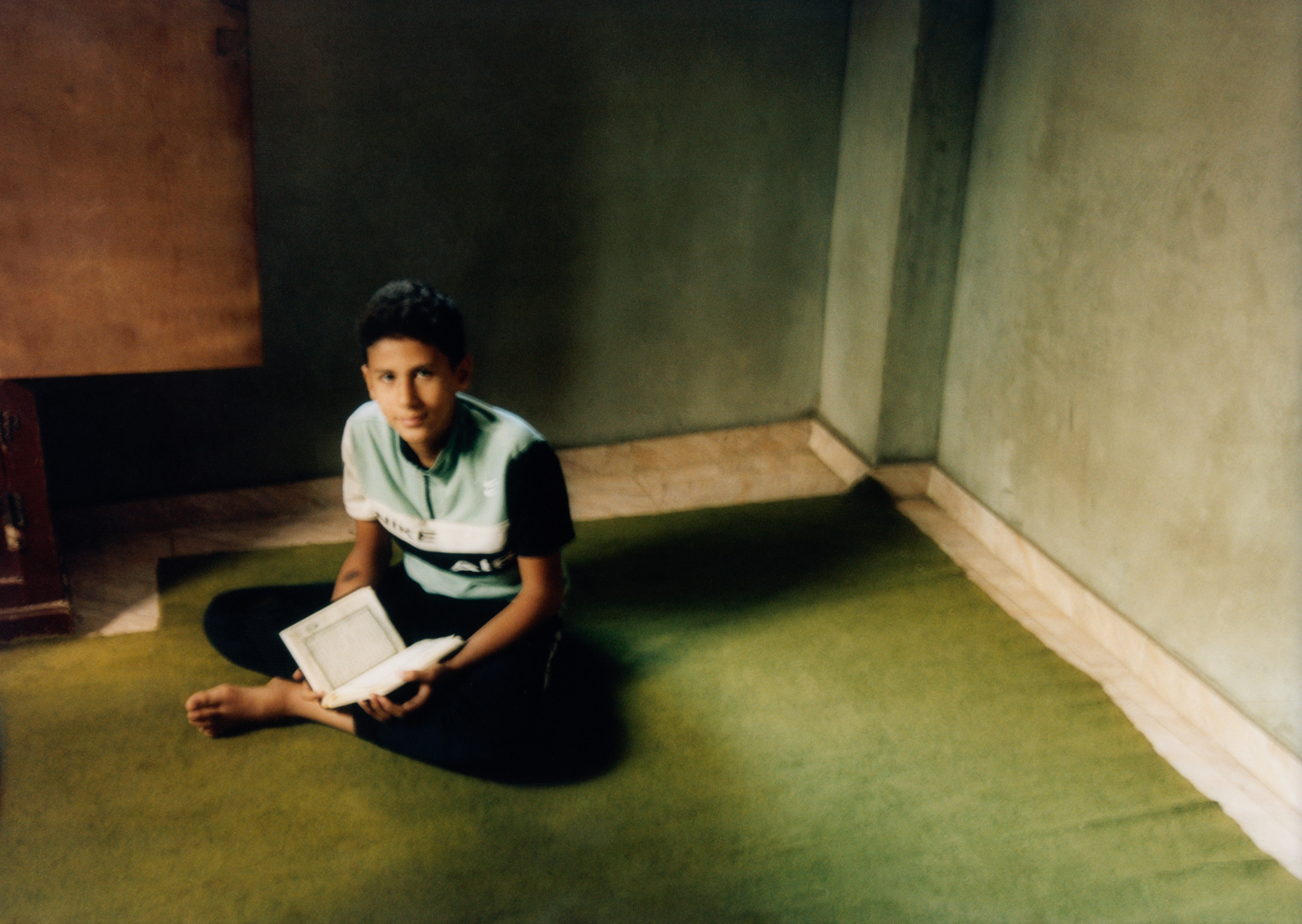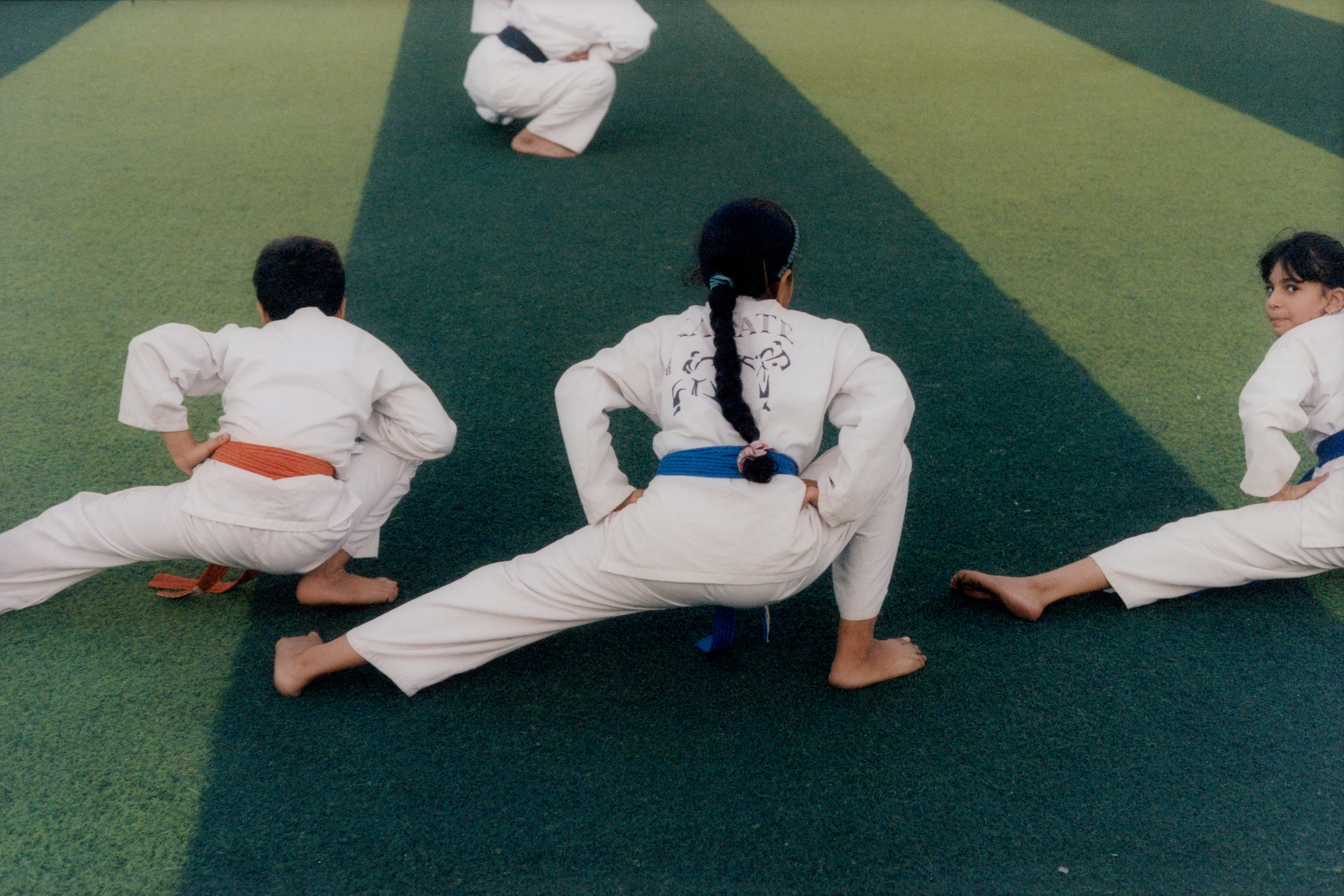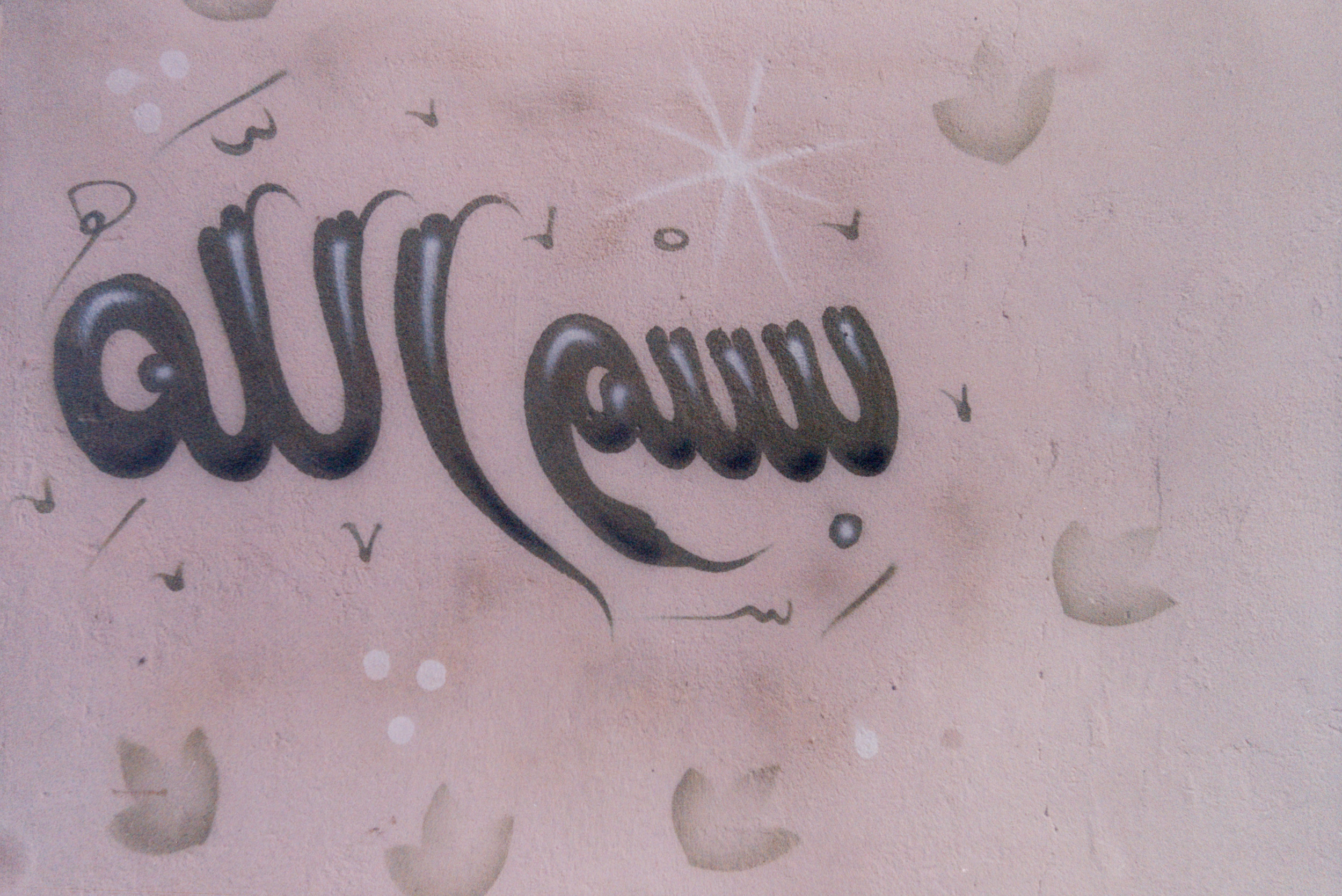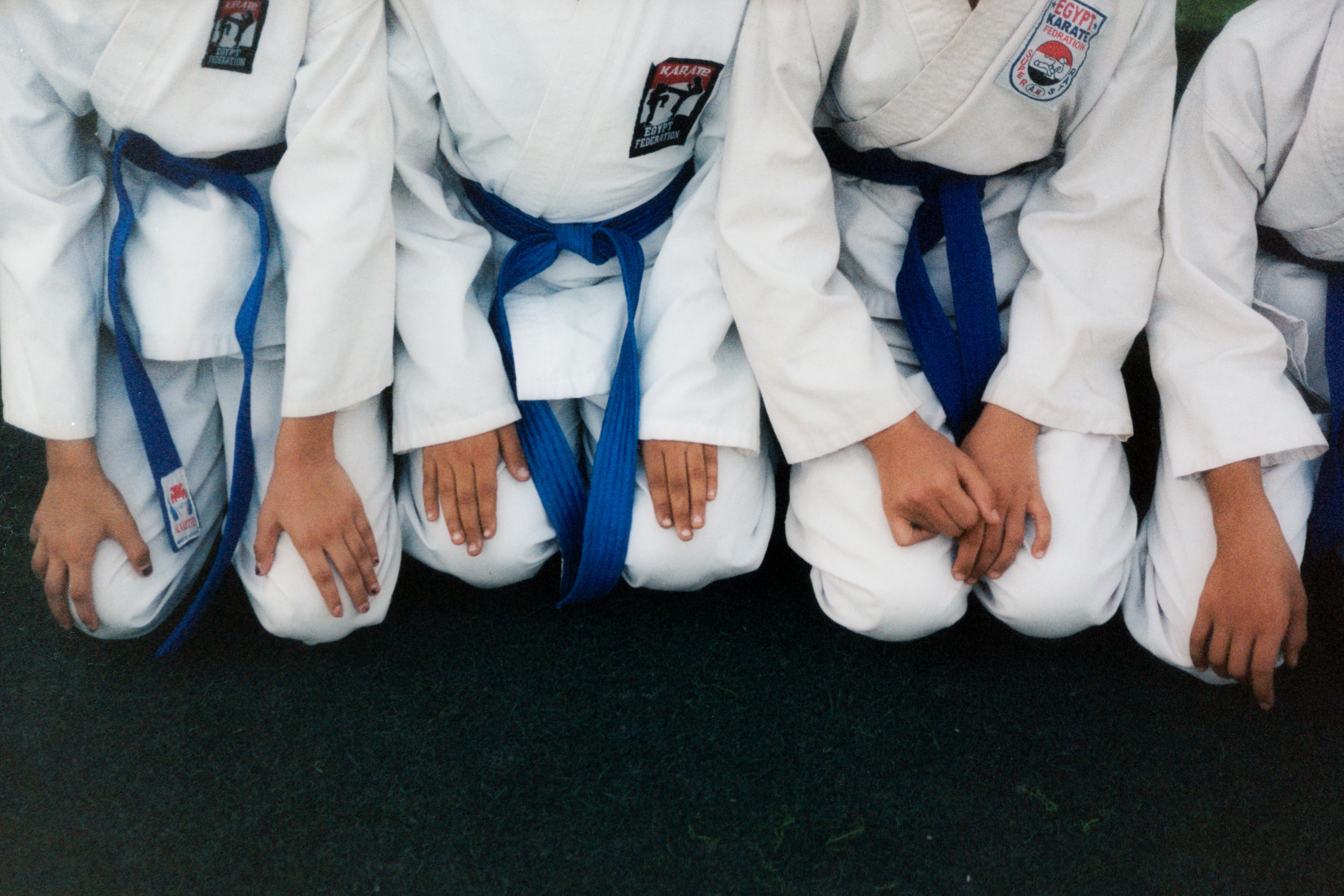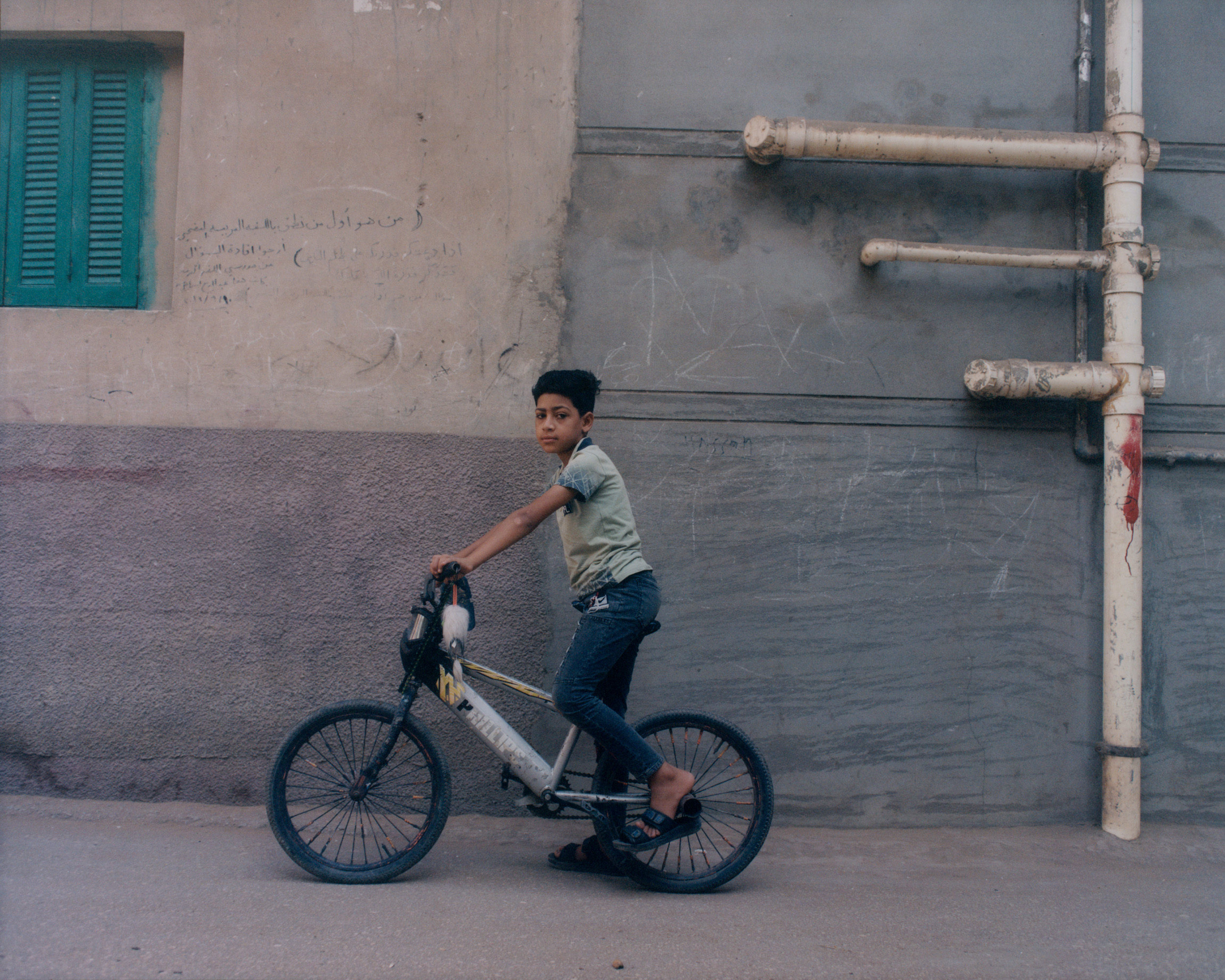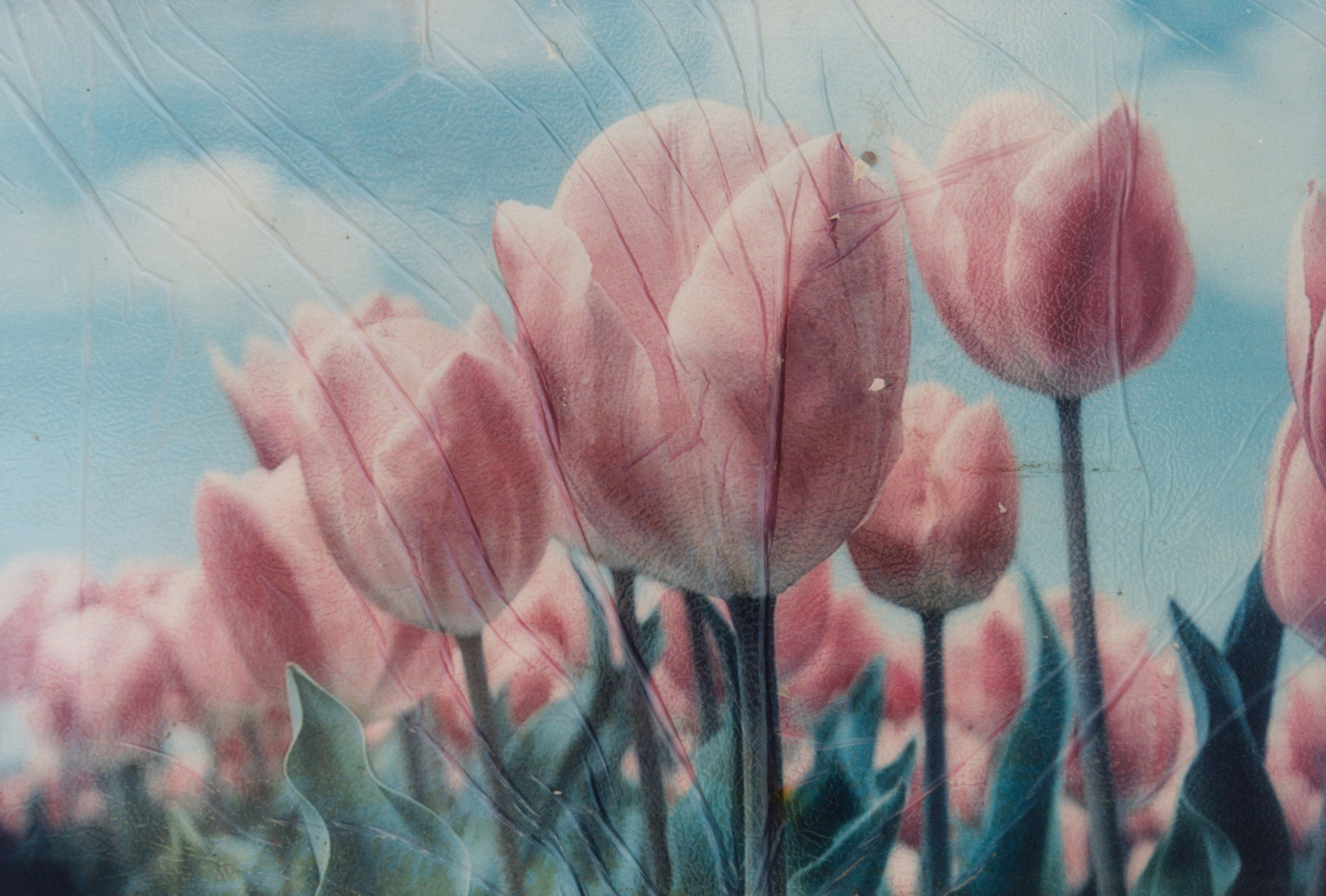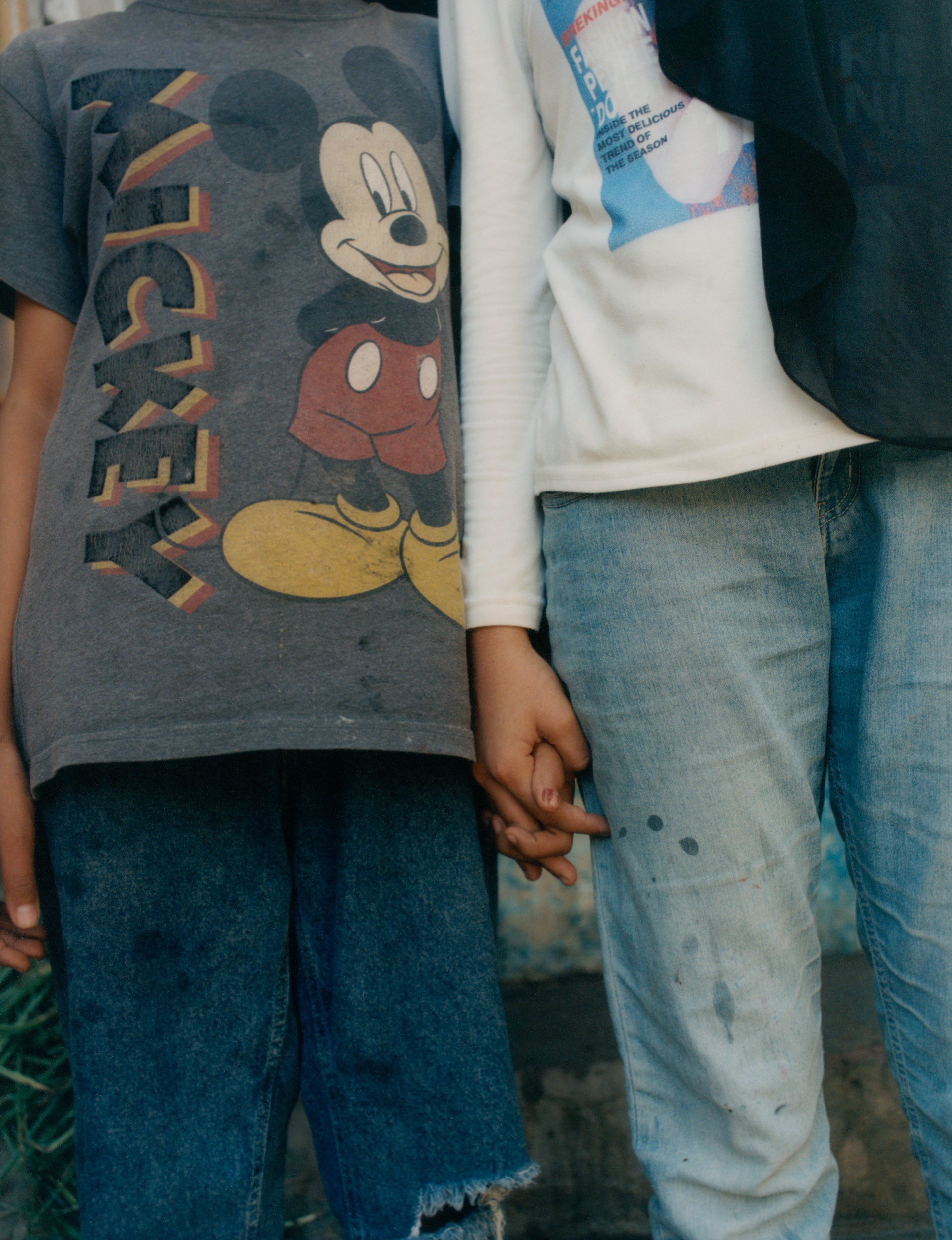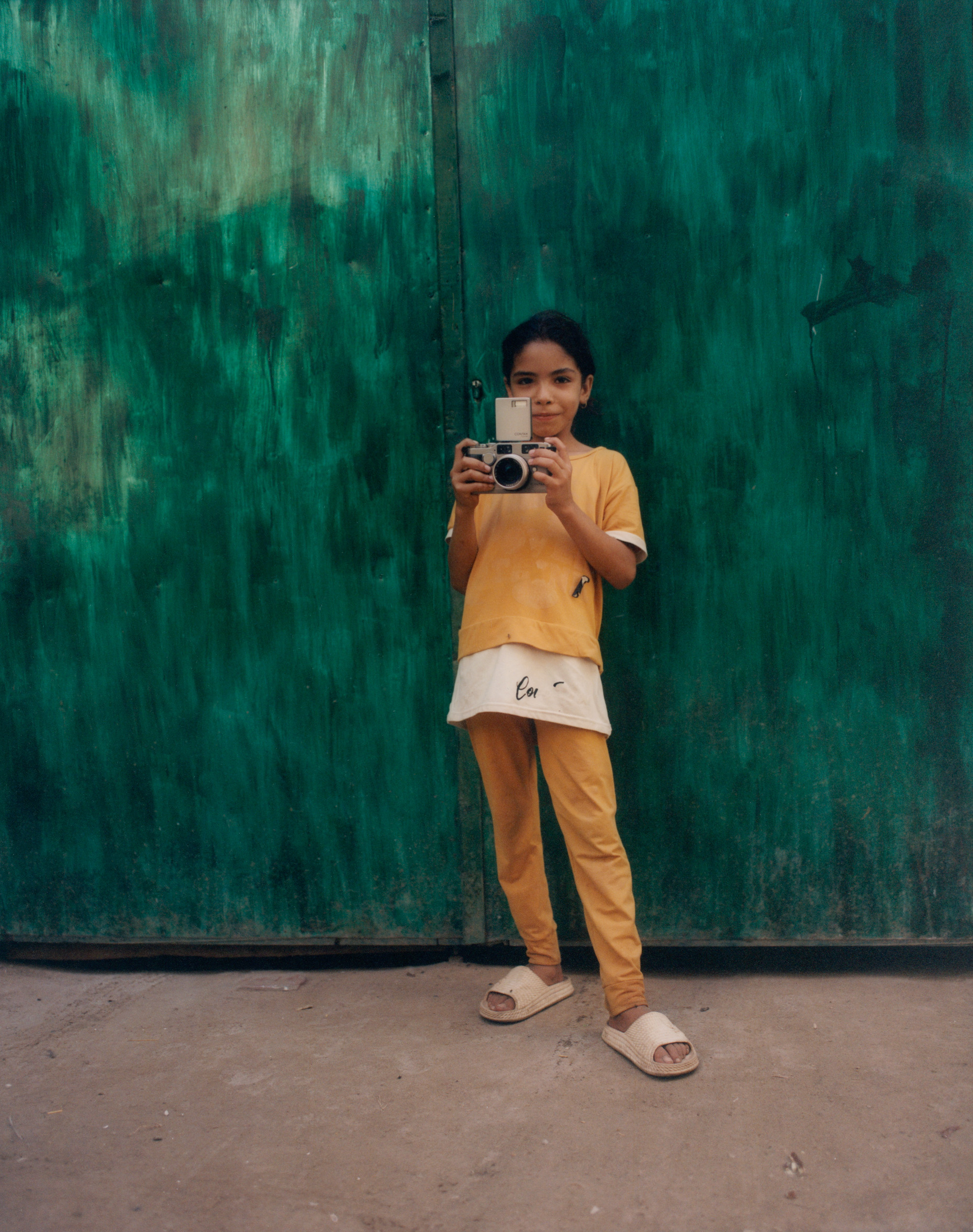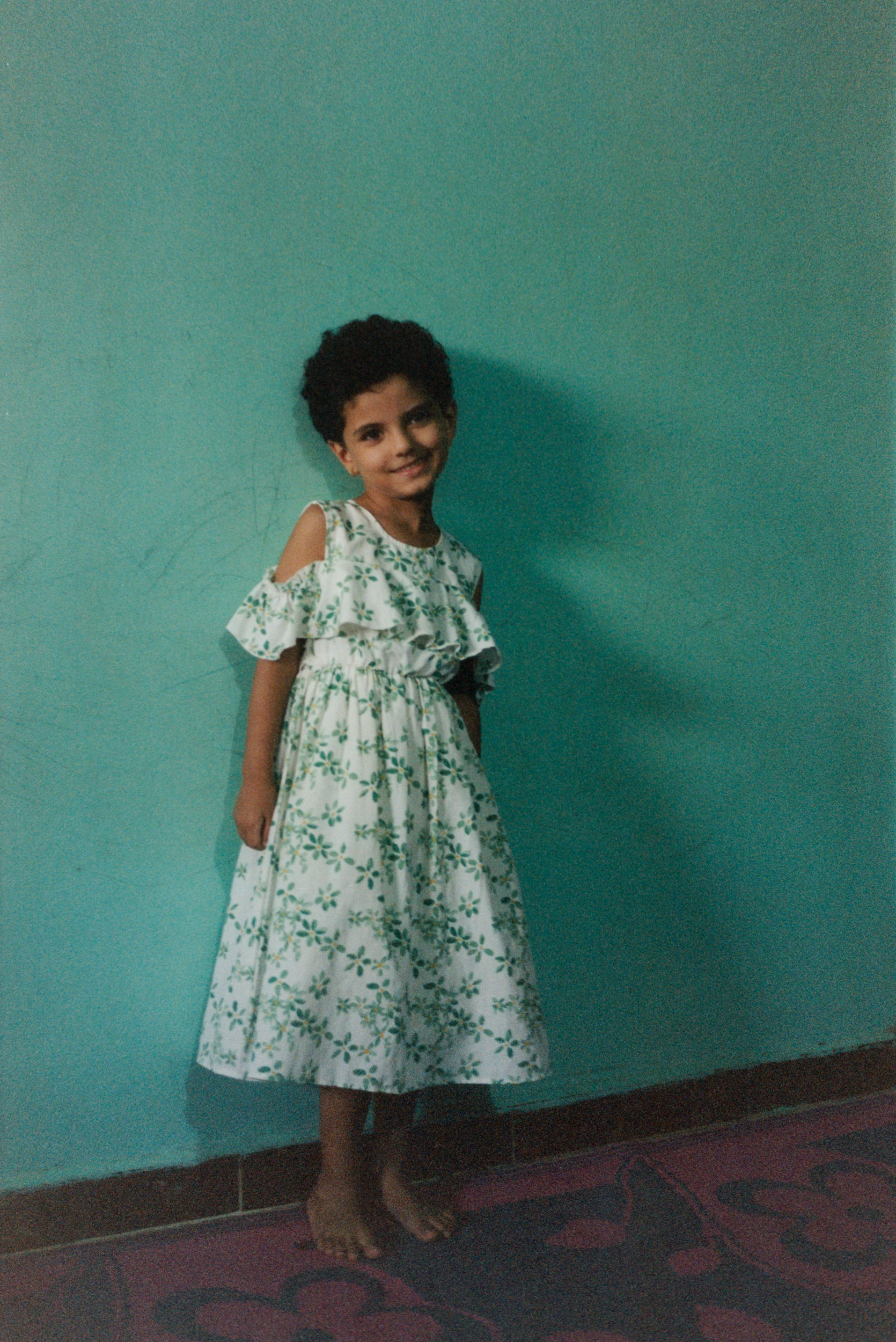© Mariam El Gendy
The London and Cairo-based photographer tells BJP about the complexities and joys of reconnecting with her paternal hometown
In A pigeon sang backwards, and it smelled like home, Mariam El Gendy unravels the quiet rhythms of Hagaiza, Egypt, tracing a personal narrative of place, family, and memory. Her photographs map a lineage drawn in the subtleties of daily life – the bend of a street, the scent of jasmine mingled with dust, or the knowing gaze of a neighbor. Anchored by her father, a figure who bridges past and present, the series honours a home preserved and nurtured through four generations.
For El Gendy, Hagaiza was once a village that felt distant and abstract in her childhood. One memory lingers of her eight-year-old self, weeping as she held a pigeon her parents wouldn’t let her bring home. Now, revisiting the village as an artist, she finds herself immersed in its textures and stories. Through the voices of her father and his cousins, her grandfather – whom she never met – comes alive in fragments of memory, gestures, and scents.
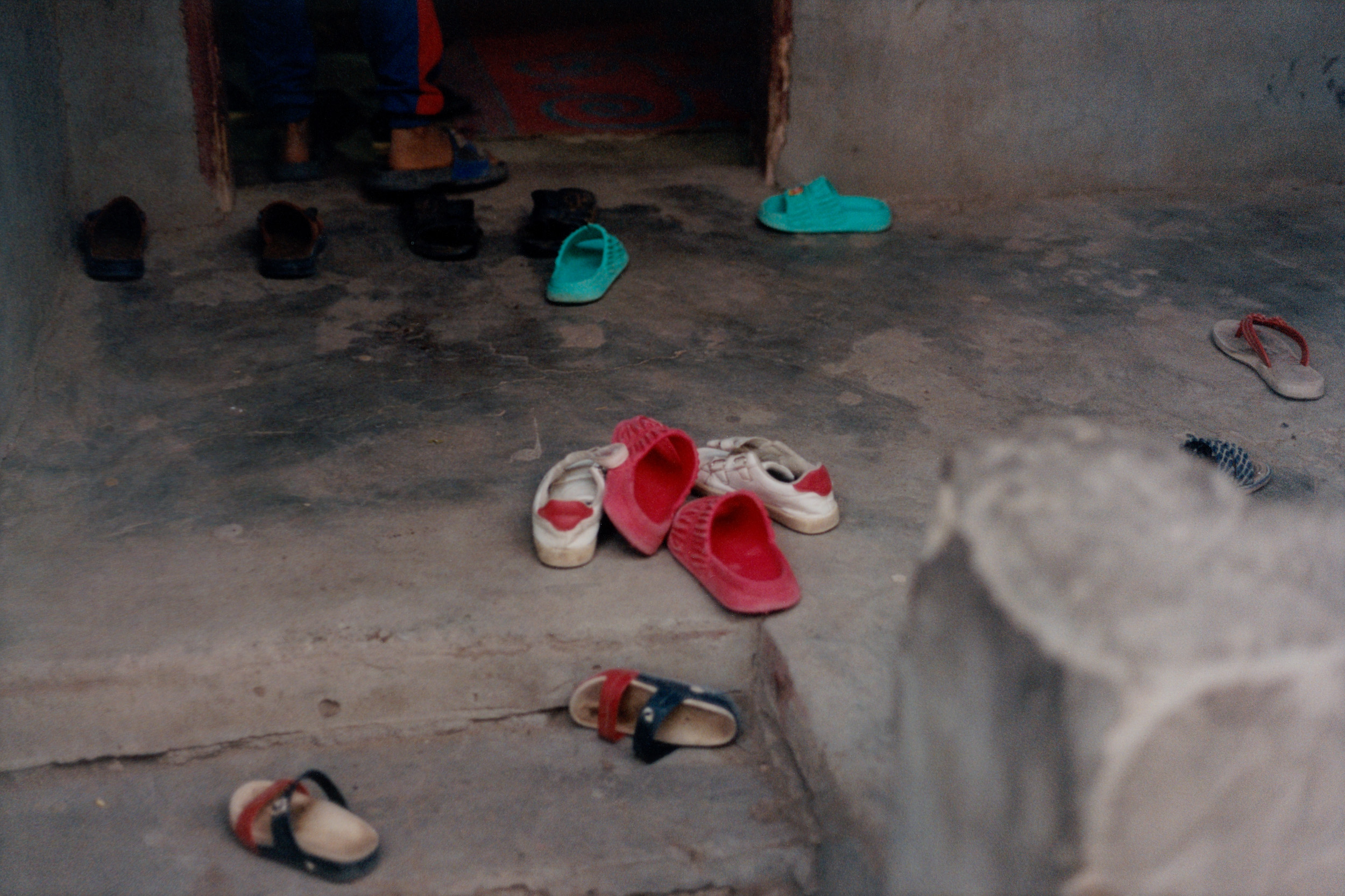
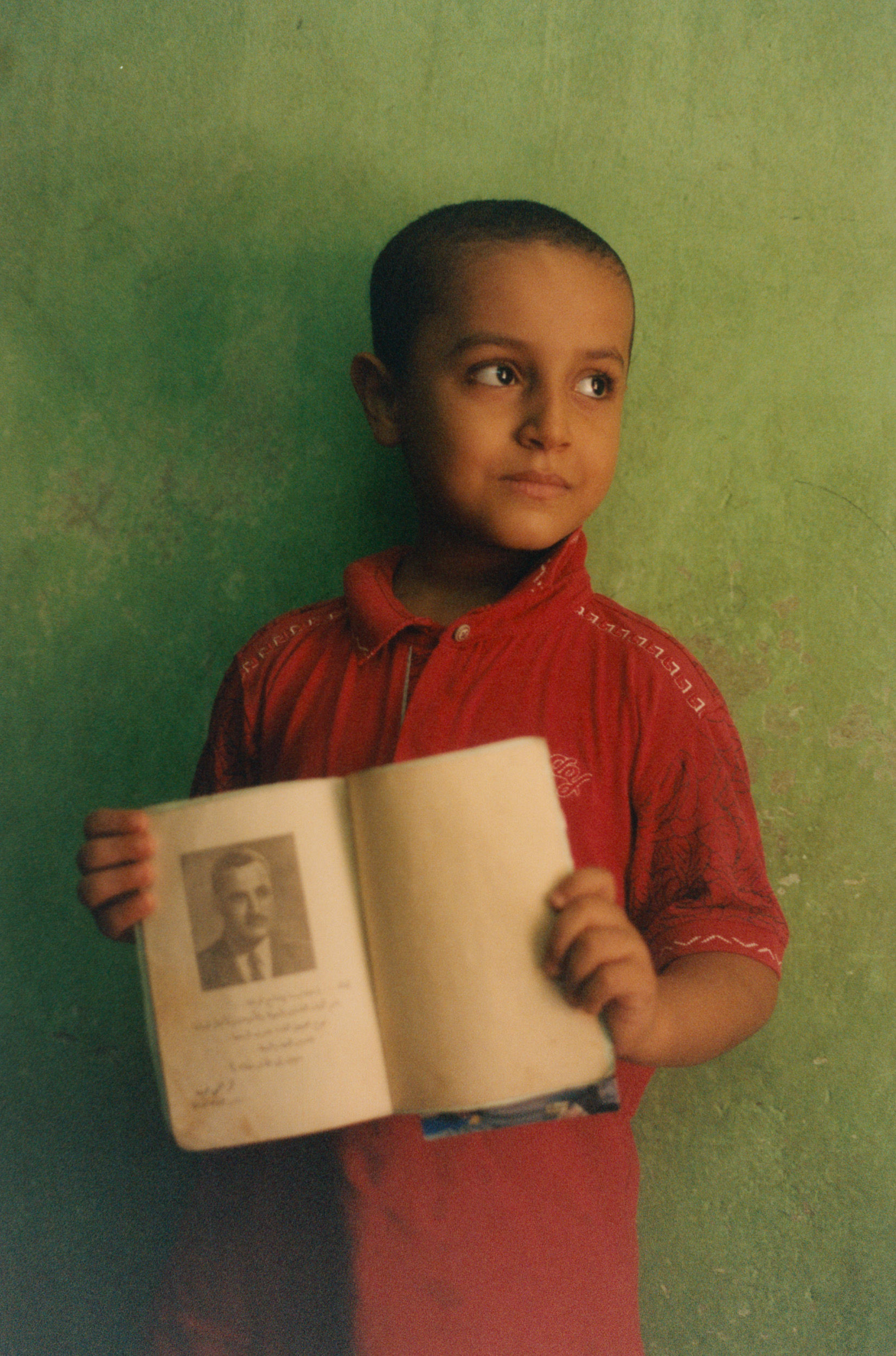
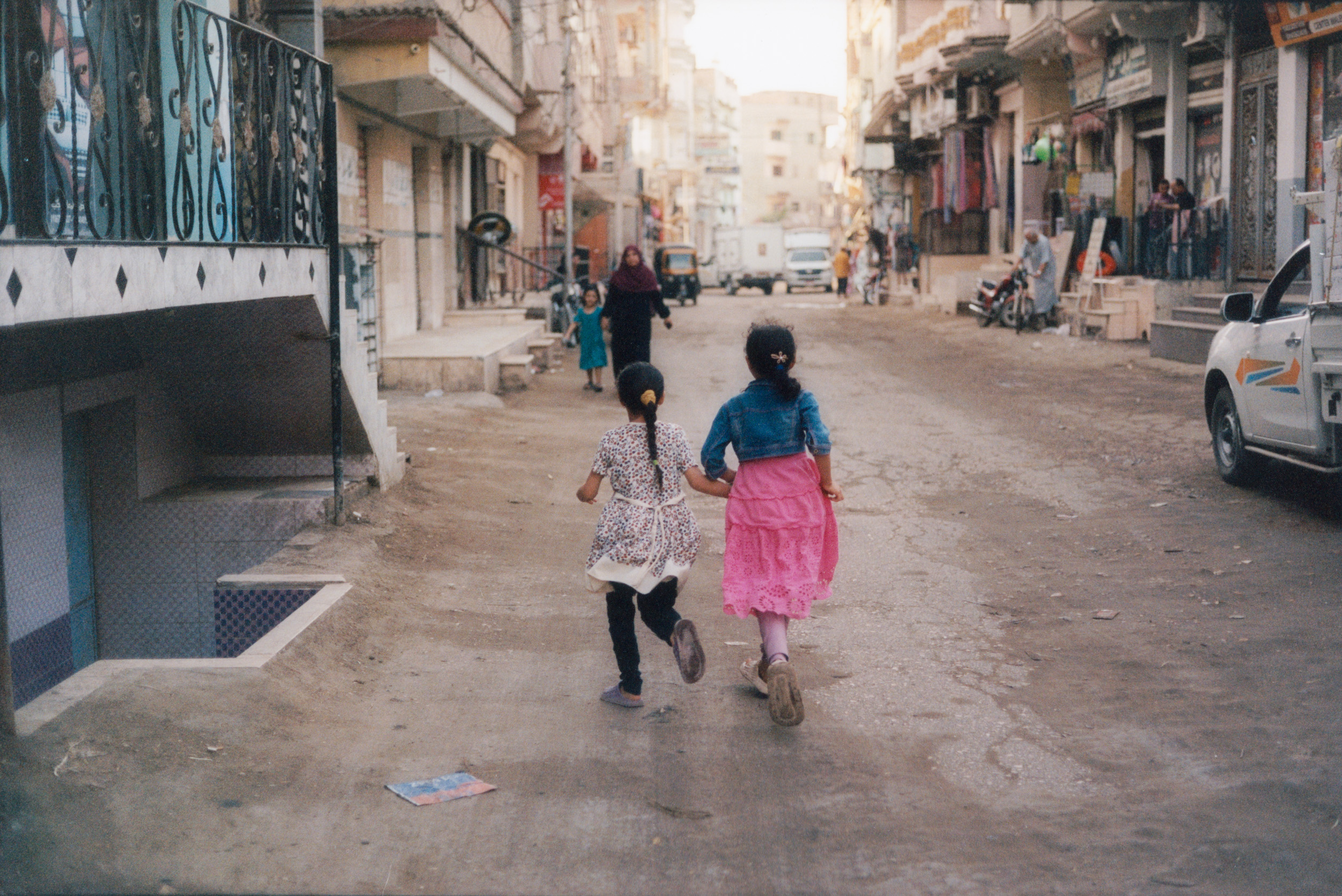
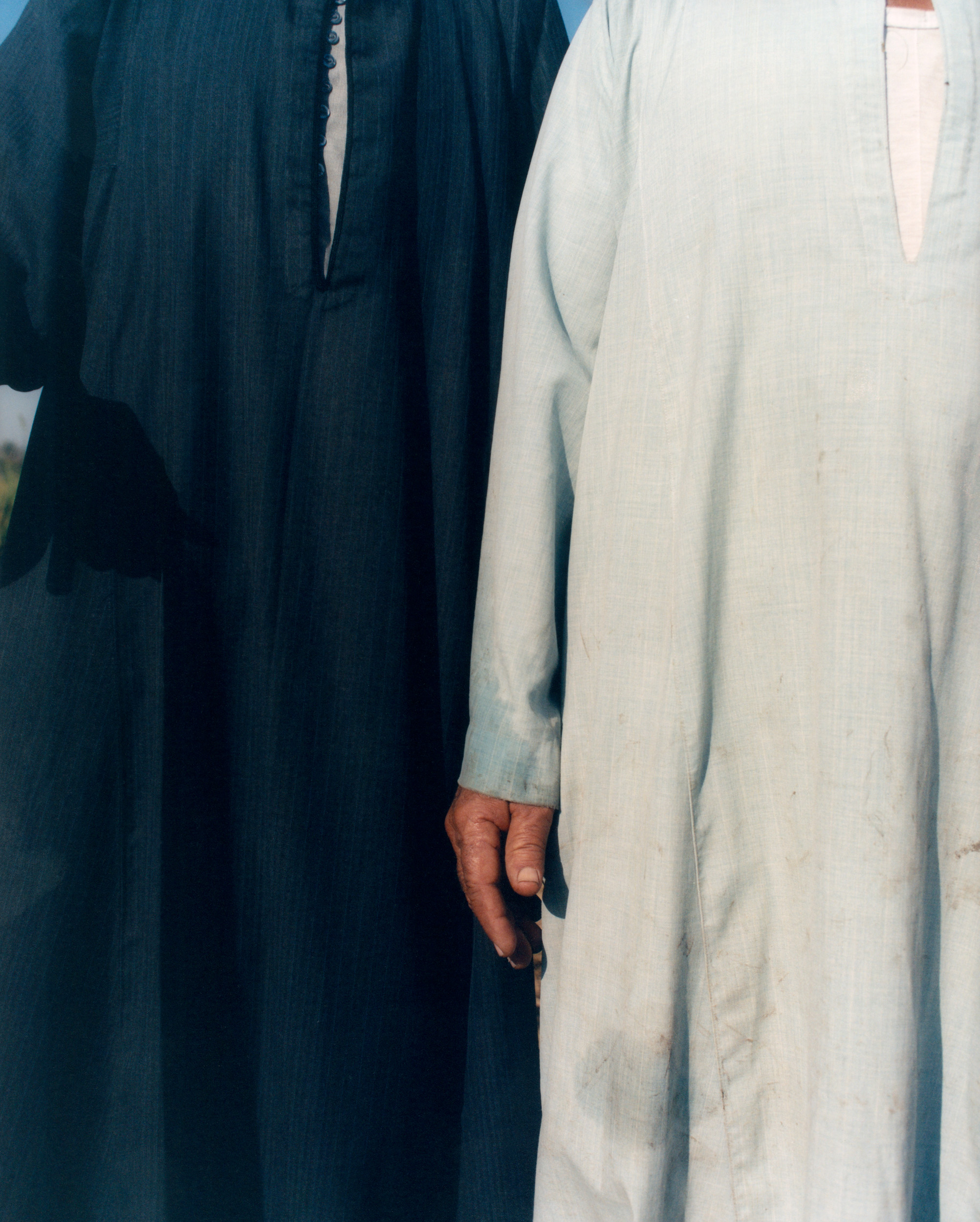
“What I love about film is that it encourages experimentation while grounding you in the physicality of the process”
With tenderness, warmth, and the keen observation of an emerging eye, El Gendy’s work reflects the resilience and strength of the people who carry her hometown’s legacy forward. The series was on display at Egyptian clothing store Kotn in New York, 15 till 17 November.
Here, El Gendy discusses her family’s deep connection to Hagaiza, the characters who shape this intimate story, and how her photographic practice continues to evolve in its exploration of roots and belonging.
Dalia Al-Dujaili: Tell me about the motivation for this project, A pigeon sang backwards, and it smelled like home.
Mariam El Gendy: Growing up, my father always emphasised the importance of starting your journey from your roots. When it came to planning my first exhibition, I knew Hagaiza was the perfect place to begin. Egypt has always been my greatest source of inspiration, but it instead felt essential to start with this story before exploring others.
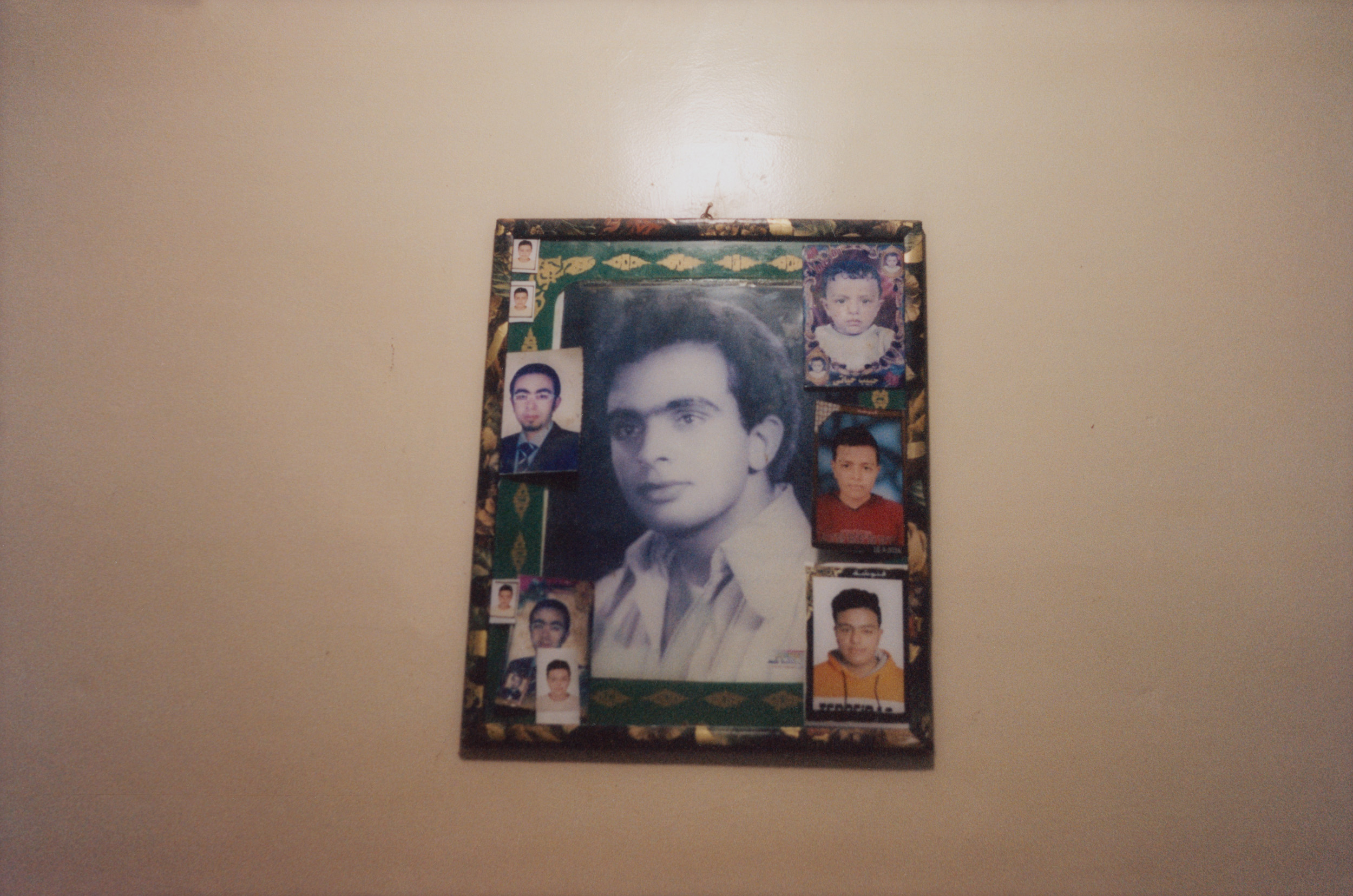
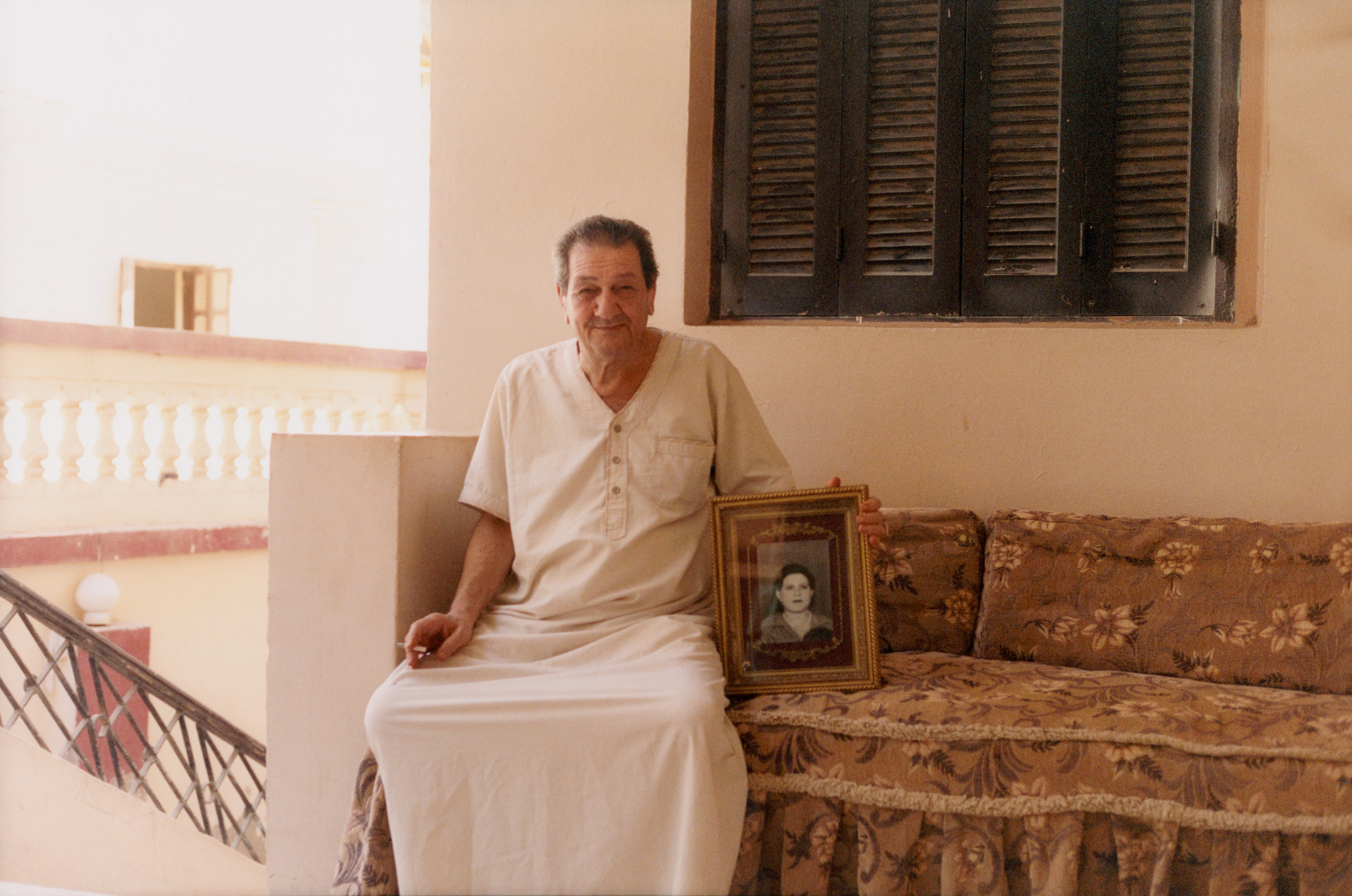
DA: You tell a story of home, memory and family. Tell me more about your family history in Hagaiza and why you focused on this for the series.
MG: The other day, my father got upset when I referred to Hagaiza as my “grandfather’s village.” Though I never had the chance to meet my grandfather, I’ve spent much of my life imagining him – what kind of person he was, what he loved, even what he might have smelled like. These questions have lingered in my mind for as long as I can remember, and I’ve welcomed every opportunity to feel closer to him. This project became my way of stepping into his world – to see, feel, and experience the village he once called home.
Through this journey, I met people who deeply changed my understanding of Hagaiza and its significance in my life. After my grandfather passed, my father took it upon himself to stay deeply involved in the village, ensuring our family remained connected to its roots. Spending time there, whether it’s meeting new people or reconnecting with family who still live in the village, has helped me realise the importance of holding on to where you come from.
DA: Who are some of the characters we meet in these images?
MG: Let me introduce my favourite character, Maissa El Gendy – my father’s cousin. She became my greatest comfort during my time in Hagaiza. Shy at first, she gradually let me into her world, allowing me to break down her walls and welcoming our conversations with open arms.
Maissa is the backbone of the family, always taking on the role of caretaker, solving everyone’s problems and constantly meeting everyone’s needs. In a family surrounded by men, this matriarch stood out, providing for everyone in ways that felt uniquely her own. Throughout my stay, she quickly became my closest friend there.
DA: Tell me about your personal photographic style and how you think it’s evolved over your career.
MG: As a film photographer, I’ve developed a deep appreciation for the entire process, from start to finish. A couple of years ago, I started experimenting with the concept of handprints, which completely shifted my perspective on my work. Working alongside an incredible printer, I’ve spent countless hours in the lab learning from him and discovering new techniques. These techniques have helped me connect more deeply with my work, allowing it to better reflect who I am. What I love about film is that it encourages experimentation while grounding you in the physicality of the process. It’s a hands-on experience that brings me closer to the work itself.
DA: After your exhibition with the brand Kotn, what are you now working towards?
MG: The physical aspect of the exhibition was the most transformative part for me. Right now, I’m excited to continue that journey with the creation of a photo book. I want to move beyond just photography and explore storytelling in a new way by creating a book that offers more than just images – something that tells a deeper, more immersive narrative.
Honestly, this exhibition has left me inspired to keep creating – taking more images, exploring new subjects, experimenting with different mediums through the lens of photography, and allowing my practice to continue redefining my roots.

